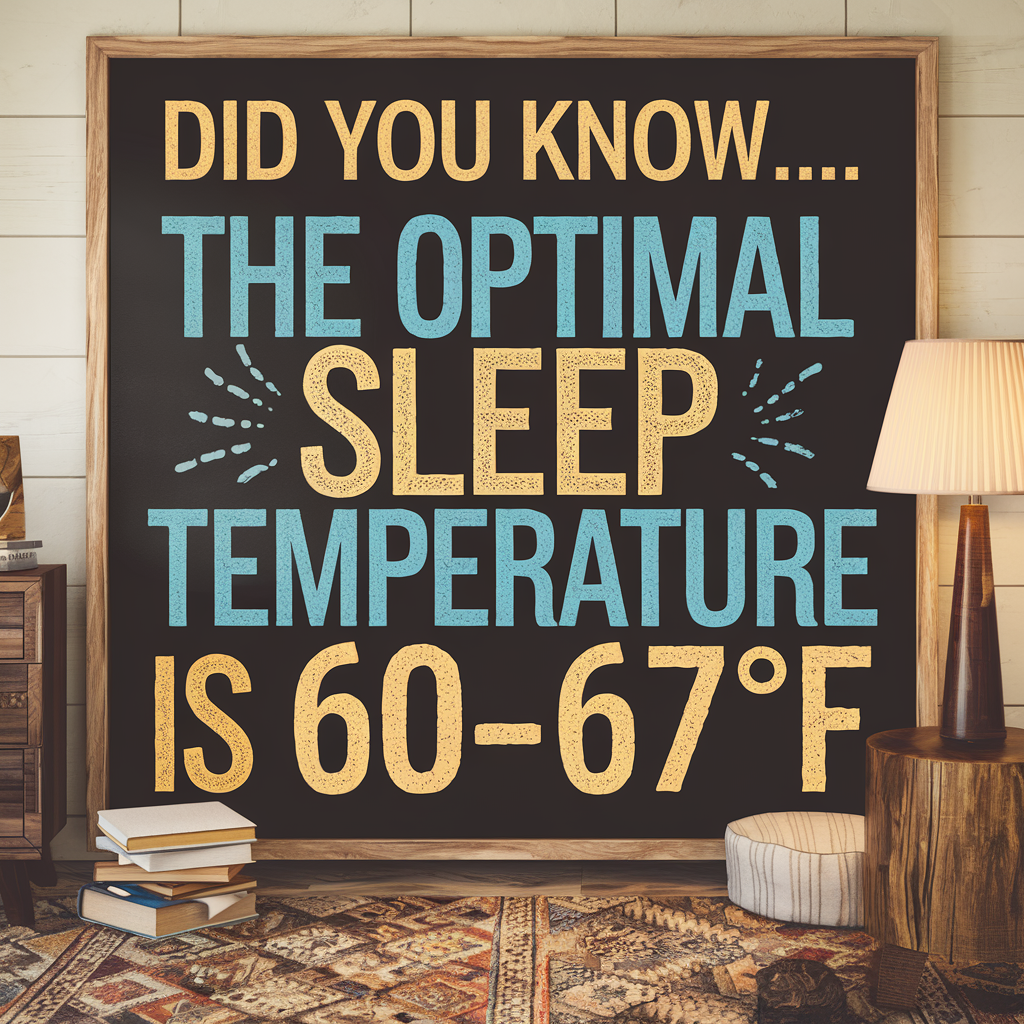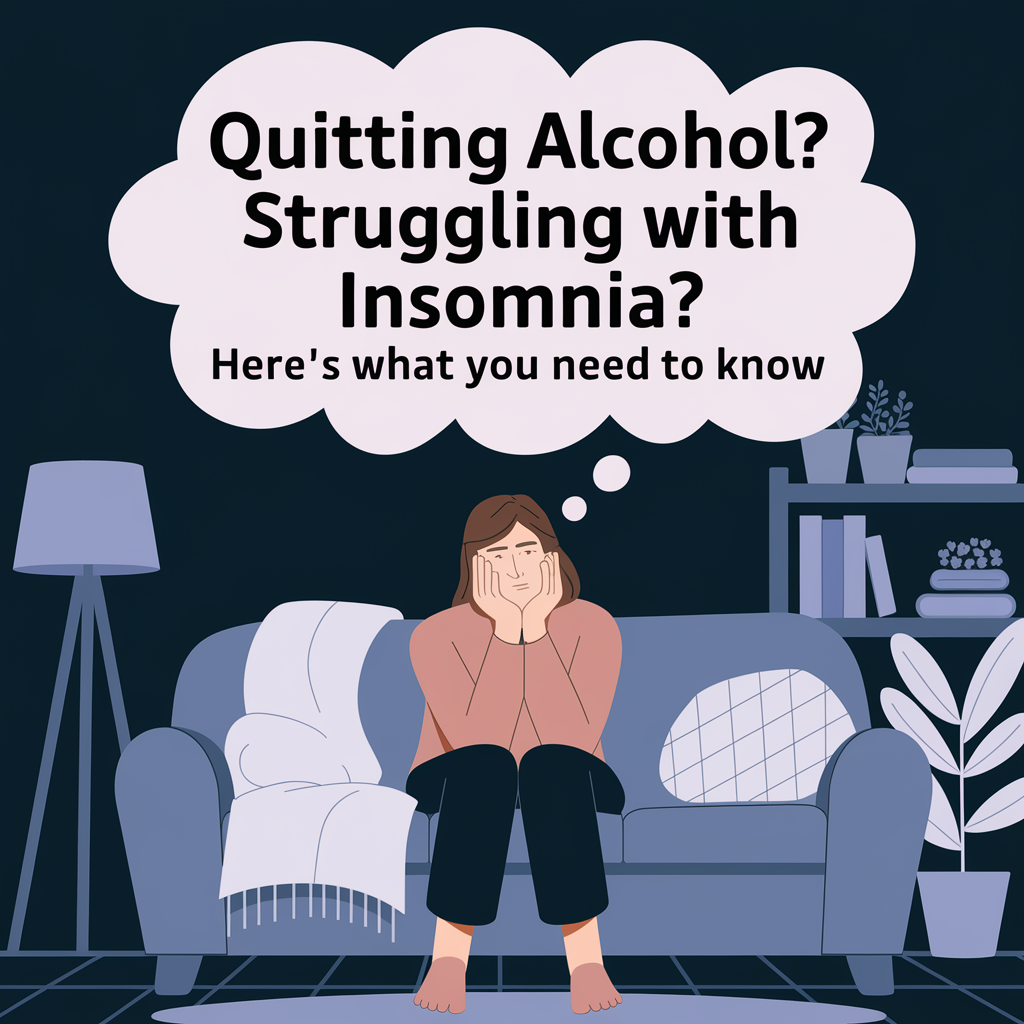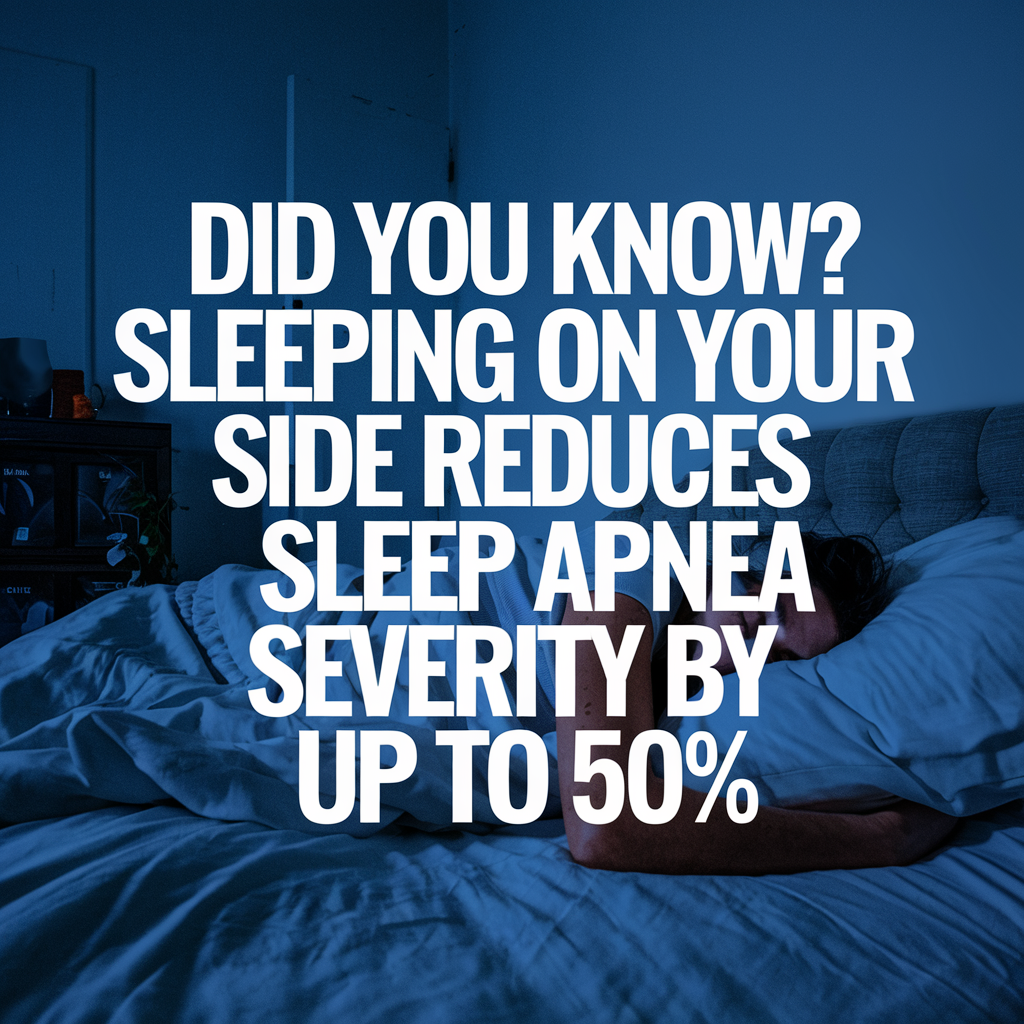
Understanding Sleep Apnea and Sleep Positions
Dealing with sleep apnea can be incredibly frustrating. You lie down for what should be a restful night, only to wake up feeling more tired than when you went to bed. I’ve been there, and I know how important it is to find the right approach to managing those disruptive symptoms. One of the easiest, yet most impactful changes you can make is adjusting your sleep position.
For those of us dealing with sleep apnea, how we position our bodies at night can either help open up our airway or make things worse. Sleep apnea occurs when the muscles in the throat relax too much, causing the airway to become blocked. This obstruction leads to snoring, gasping for air, or even pauses in breathing, which can significantly impact your overall sleep quality.
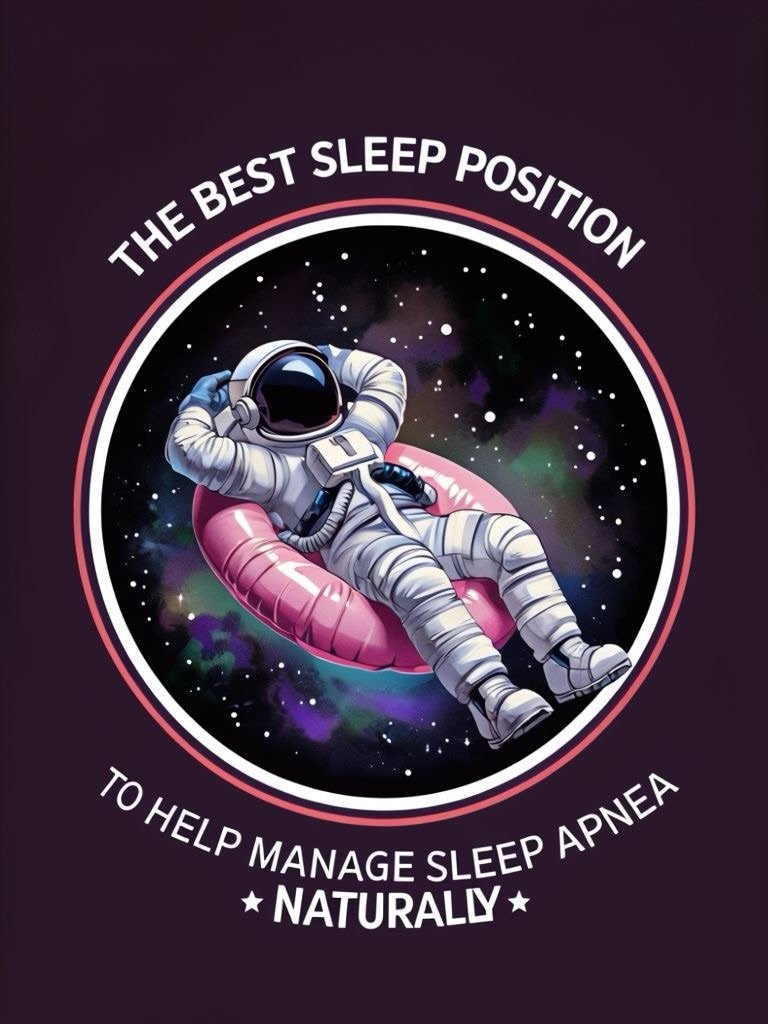
While treatments like CPAP machines can be effective, not everyone uses or prefers them. The good news? Changing your sleep position can have a huge impact on reducing apnea episodes and improving your sleep, even without medical devices. I’ve learned firsthand that something as simple as how you sleep can make a night-and-day difference in managing symptoms.
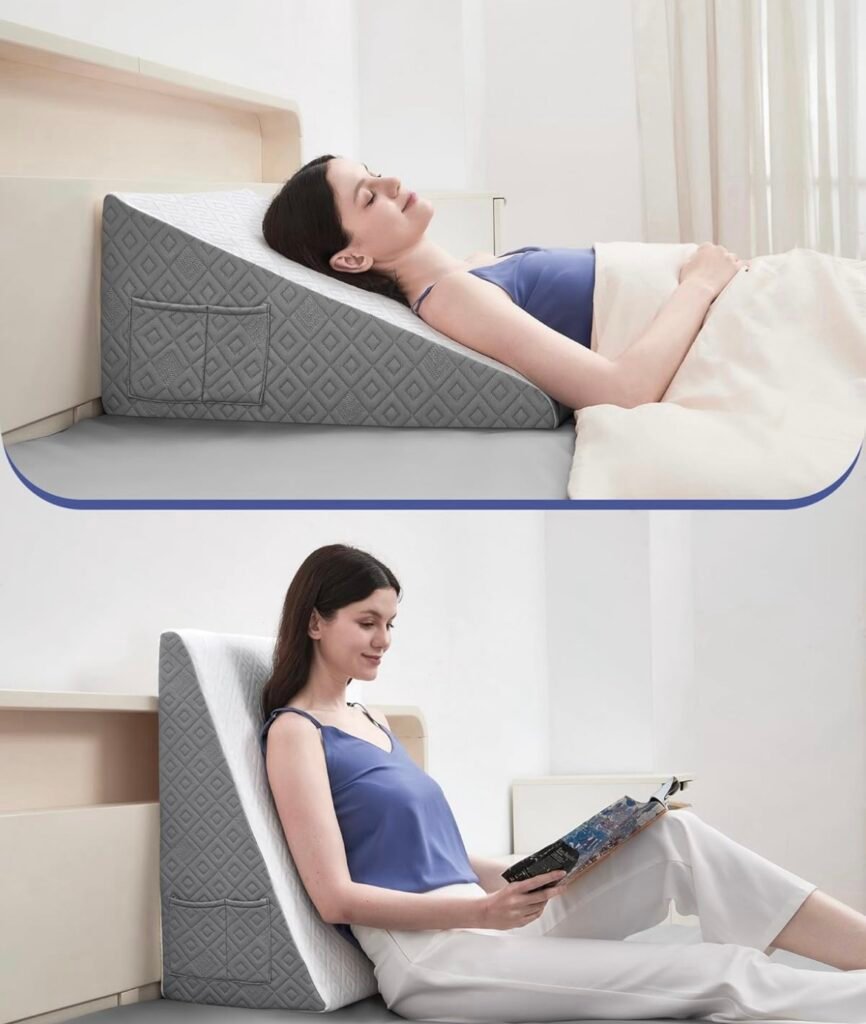
Throughout this article, I’ll walk you through which sleep positions help the most and which to avoid, as well as offer advice for those managing sleep apnea in children. We’ll also explore the best sleep positions for those not using a CPAP machine, and I’ll share some helpful tips I’ve picked up along the way.
Let’s start by addressing the sleep positions that actually make sleep apnea worse—because knowing what to avoid is just as important as knowing what works. And if you’re considering a professional sleep study to get a clearer picture of your sleep patterns, take a look at How Much Do Sleep Studies Cost and Are They Worth It? to get a sense of what to expect.

What Position Makes Sleep Apnea Worse?
When it comes to sleep apnea, the position you sleep in can either help reduce your symptoms or make them much worse. Unfortunately, there’s one sleep position in particular that often causes problems: sleeping on your back. If you’ve been struggling with snoring or waking up gasping for air, your sleep position could be playing a big role.
When you sleep on your back, gravity works against you. Your tongue and the soft tissues in your throat can relax and fall backward, making it much more likely for your airway to become blocked. This blockage increases the chances of apnea episodes, snoring, and fragmented sleep throughout the night. For me, back-sleeping always led to restless nights filled with waking up and feeling out of breath.
Here’s the problem: many of us naturally gravitate toward back-sleeping because it can feel comfortable. But for those dealing with sleep apnea, it’s one of the worst positions you can choose. Even if you’re not using a CPAP machine, avoiding back-sleeping can help reduce the severity of your symptoms.
If you’re wondering what to do instead, don’t worry—we’ll get to the best sleep positions shortly. In the meantime, if you’ve been dealing with sleep issues for a while and want to better understand your symptoms, a sleep study might be worth considering. You can learn more about the process and costs in How Much Do Sleep Studies Cost and Are They Worth It?.
Now that we know which position to avoid, let’s dive into the positions that can actually help improve sleep apnea.
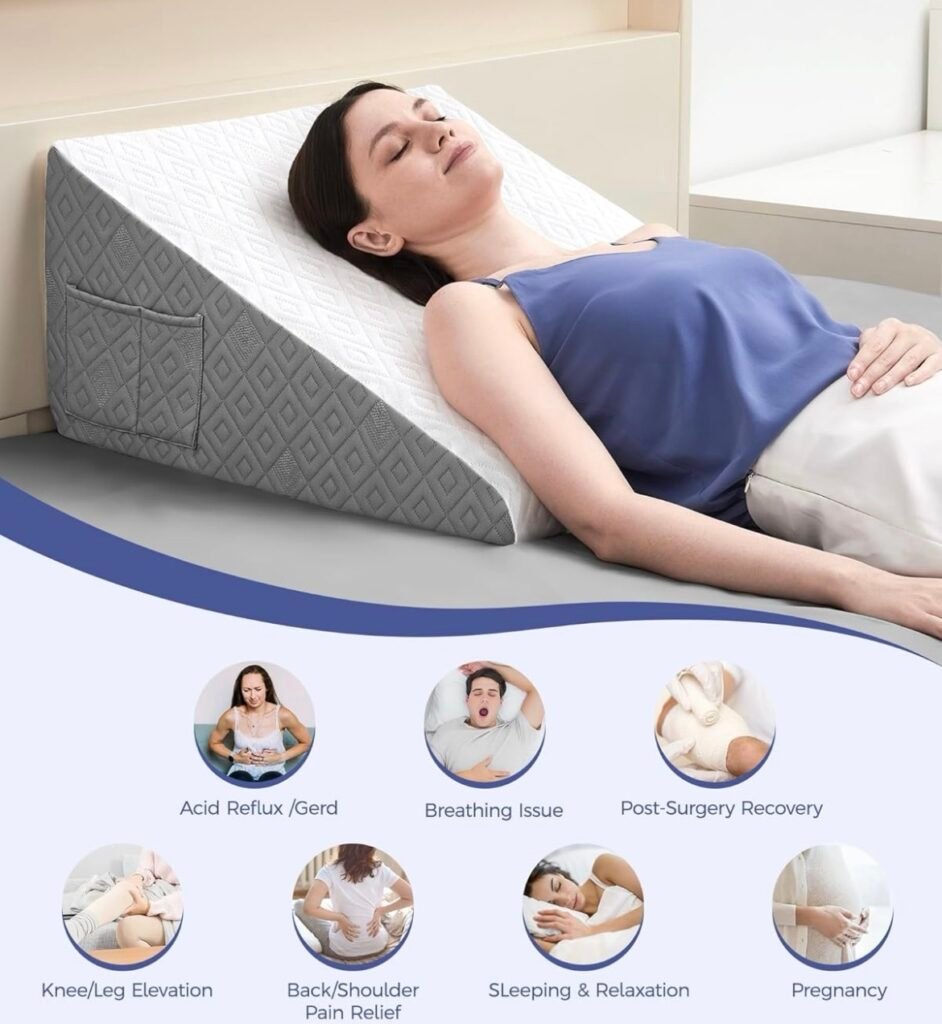
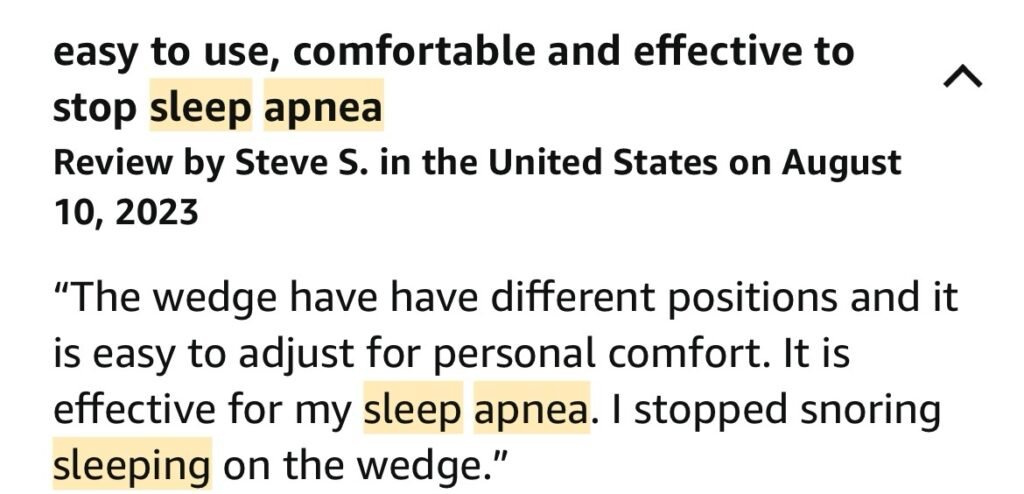
What Sleep Position is Best for Sleep Apnea?
If you’re looking to manage sleep apnea without a CPAP machine, finding the best sleep position is key. Through my own experience, I’ve found that side-sleeping—particularly on your left side—can make a world of difference. Sleeping on your side helps keep your airway open and reduces the chances of soft tissues in your throat collapsing, which is often what leads to those frustrating apnea episodes.
Side-sleeping is especially helpful because it allows gravity to work in your favor, keeping your tongue and throat muscles from falling back into the airway. Many studies have shown that sleeping on your left side is the most beneficial for reducing snoring and improving overall breathing quality throughout the night. I can personally say that since switching to side-sleeping, my nights have been much more restful, and I’ve woken up feeling far less fatigued.
If you struggle to stay on your side throughout the night, one trick I’ve found incredibly useful is using a wedge pillow or a body pillow. A Wedge Pillow for Sleeping can elevate your upper body and help maintain the side-sleeping position, which keeps the airway open and reduces the chance of rolling onto your back. The slight elevation from a wedge pillow also helps reduce other sleep-related issues like acid reflux or snoring, making it a great investment if you’re managing sleep apnea.
Switching to side-sleeping might feel strange at first, but trust me, it’s worth the effort. Not only will you notice fewer interruptions during the night, but you’ll likely see an improvement in your overall energy levels and mood the next day.
Next, let’s talk about how to manage sleep apnea if you’re not using a CPAP machine—because while CPAPs are effective, they aren’t the only solution.
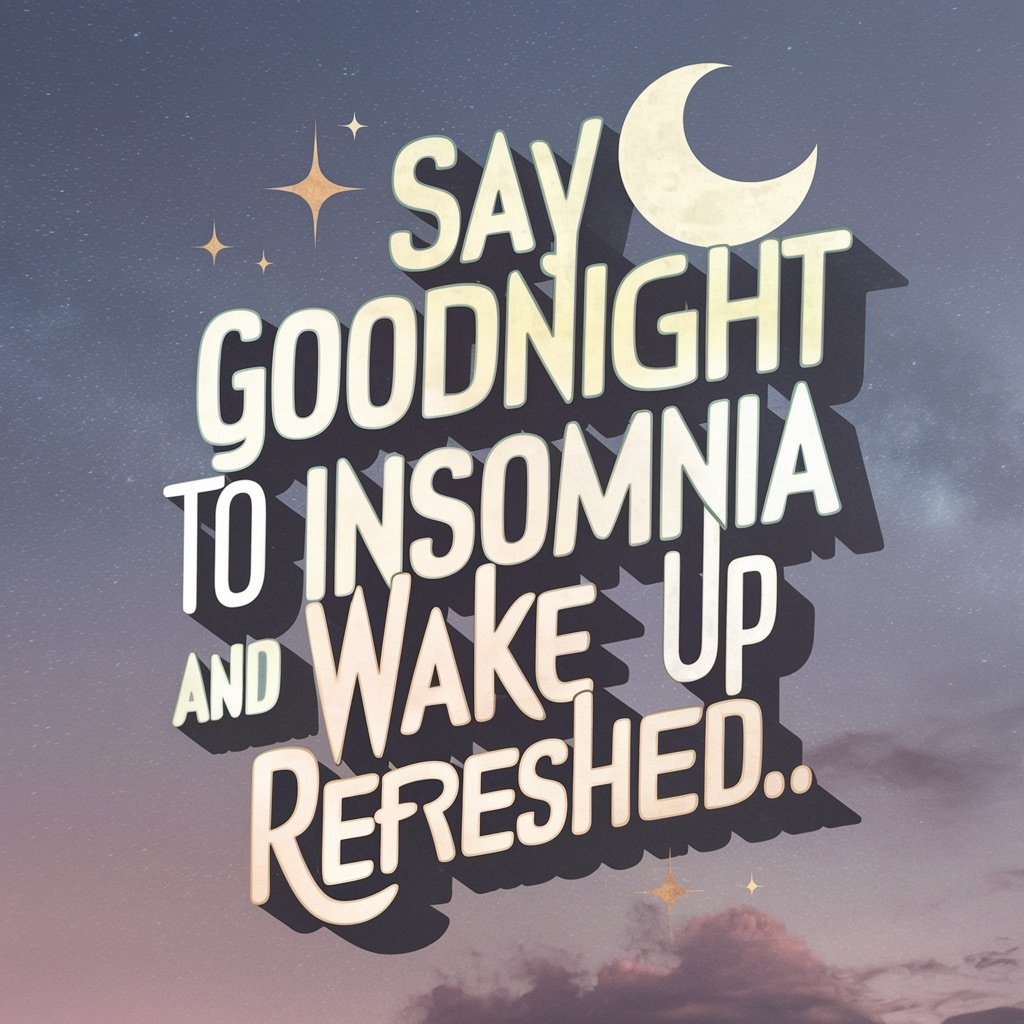
Best Sleeping Position for Sleep Apnea Without a CPAP Machine
If you’re managing sleep apnea without using a CPAP machine, finding the right sleep position is even more crucial. While CPAPs are highly effective for many people, they aren’t the most comfortable solution for everyone. Luckily, adjusting your sleep position can go a long way toward minimizing apnea episodes and improving your overall sleep quality.
As we’ve discussed, side-sleeping—particularly on the left side—is widely considered the best sleep position for sleep apnea. But if you’re struggling to maintain this position throughout the night, or if side-sleeping doesn’t feel natural to you, there are other solutions that can help.
1. Use a Wedge Pillow for Elevation
One of the best ways to improve your sleep apnea symptoms without a CPAP machine is by using a wedge pillow. Elevating your head and upper body while you sleep helps keep your airway open and prevents your throat muscles from collapsing. I’ve found that using a Wedge Pillow for Sleeping provides both comfort and effective elevation. This slight incline reduces pressure on the airway, making it easier to breathe throughout the night.
2. Avoid Sleeping on Your Back
As mentioned earlier, back-sleeping can make sleep apnea worse. If you tend to roll onto your back during the night, try using a body pillow or placing pillows behind your back to keep yourself in the side-sleeping position. Positional therapy tools, such as wearing a sleep belt, can also prevent you from rolling over onto your back.
3. Try Sleeping on an Incline
If you can’t adjust to side-sleeping, sleeping on a slight incline (even if you’re on your back) can help improve airflow. Elevating your head and shoulders reduces the likelihood of airway collapse, which can minimize apnea episodes. A wedge pillow or an adjustable bed can make this position more comfortable.
Remember, these positional adjustments are especially important if you’re trying to manage sleep apnea without a CPAP machine. The right position can help reduce symptoms and lead to a more restful night’s sleep.
If you’re still struggling with sleep after making these adjustments, it’s worth exploring other solutions to improve your overall sleep quality. Check out this guide on Quick Fix: How to Cure Insomnia in Just 12 Minutes to see if you can incorporate some additional tips into your nighttime routine.
Now, let’s dive into how to help children with sleep apnea find the right sleep position. It can be challenging to manage, but with the right approach, you can make sure your child is sleeping safely and comfortably.
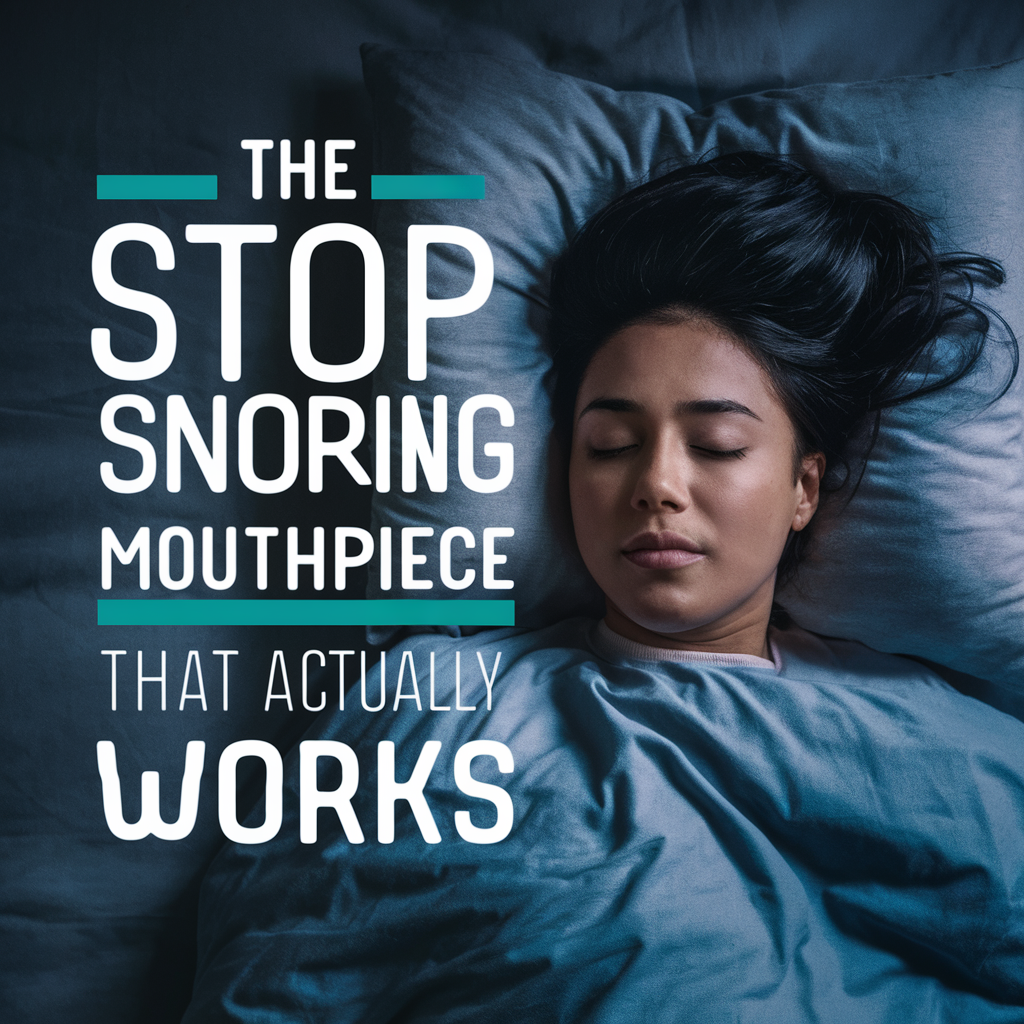
How to Position a Child with Sleep Apnea
Managing sleep apnea in children can be especially challenging since they might not always be able to communicate what’s bothering them, or they may not understand why they’re waking up so much during the night. As parents, it’s our job to make sure our kids are comfortable and breathing well while they sleep. The right sleeping position can go a long way in helping children with sleep apnea get a more restful, uninterrupted night of sleep.
1. Side-Sleeping for Children
Just like with adults, side-sleeping is one of the best positions for children with sleep apnea. It helps keep the airway open and prevents the soft tissues in their throat from collapsing and blocking the airway. If your child is old enough to understand, encourage them to sleep on their side by using pillows or even a body pillow to make the position more comfortable and natural.
2. Elevating the Upper Body
Another great option for children is elevating their head and upper body while they sleep. Using a wedge pillow under the upper body can help prevent their airway from becoming obstructed, allowing them to breathe more easily. Consider using something like the Wedge Pillow for Sleeping to keep your child’s head and chest elevated at a comfortable angle. This can also help with issues like acid reflux, which can sometimes make sleep apnea worse in children.
3. Avoiding Back-Sleeping
As with adults, back-sleeping is not ideal for children with sleep apnea because it can lead to airway obstruction. If your child tends to roll onto their back during the night, try placing a pillow behind their back to keep them on their side. Another trick is to sew a small, soft object (like a tennis ball) into the back of their pajamas—this makes it uncomfortable for them to roll onto their back and encourages side-sleeping.
4. Making it Comfortable
Positioning is only part of the solution. Ensuring your child feels safe and cozy in their sleep environment is just as important. A comfortable mattress, familiar bedtime routine, and breathable bedding can all help your child relax and fall asleep in the right position. If they struggle with insomnia or restless sleep, you might also find some helpful strategies in Say Goodnight to Insomnia for creating a calming bedtime routine.
Helping your child find the right sleep position can be a game-changer when it comes to managing sleep apnea. It may take a bit of trial and error, but with the right tools and techniques, you can make a big difference in their sleep quality and overall health.
Next, let’s talk about why sleeping on your side, whether you’re a child or adult, is often a game-changer for sleep apnea. I’ll share more about why this position works so well and how to maintain it throughout the night.
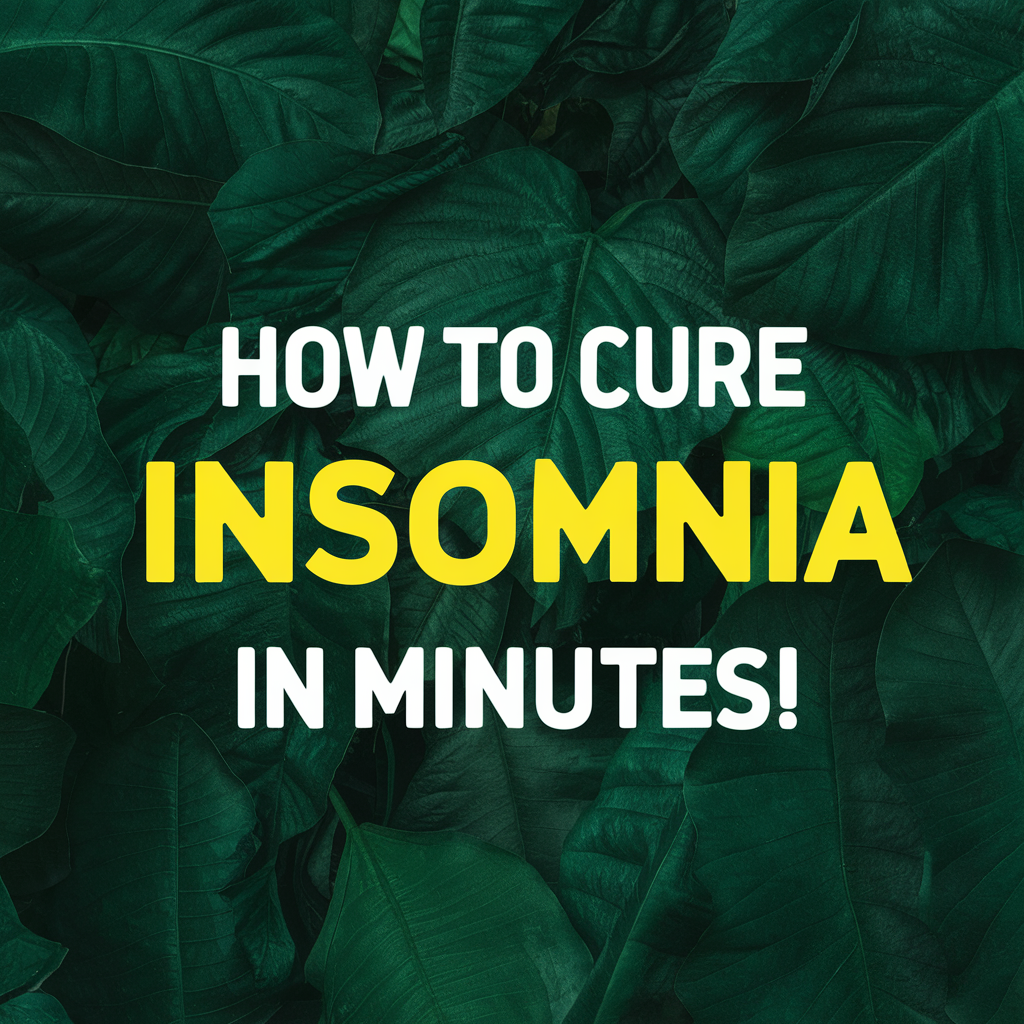
Why Sleeping on Your Side is a Game-Changer for Sleep Apnea
If there’s one sleep position that stands out as the most effective for managing sleep apnea, it’s side-sleeping. Whether you’re dealing with mild, moderate, or even severe sleep apnea, sleeping on your side can significantly reduce the frequency and severity of apnea episodes. I can personally vouch for how much this simple change improved my own sleep.
1. Why Side-Sleeping Works
When you sleep on your side, gravity works in your favor. Your tongue and the soft tissues in your throat are less likely to fall back and block your airway, which helps reduce snoring and apnea events. The open airway means your body can get the oxygen it needs throughout the night, leading to fewer interruptions in your sleep cycle and less daytime fatigue.
I’ve found that switching to side-sleeping, particularly on the left side, made a noticeable difference in how I felt the next day. Not only did I experience fewer awakenings during the night, but I also woke up feeling more refreshed.
2. How to Stay in the Side-Sleeping Position
The hardest part for some people is staying on their side throughout the night, especially if you tend to shift positions in your sleep. Here’s where tools like body pillows or wedge pillows come in handy. A Wedge Pillow for Sleeping can help you maintain an elevated, side-sleeping position by providing support and comfort. It’s also great for reducing other issues, like acid reflux or snoring, which can compound sleep apnea symptoms.
Another trick is to use a body pillow to keep yourself propped on your side. By hugging a pillow and placing another behind your back, you’re less likely to roll onto your back during the night, which is when sleep apnea tends to get worse.
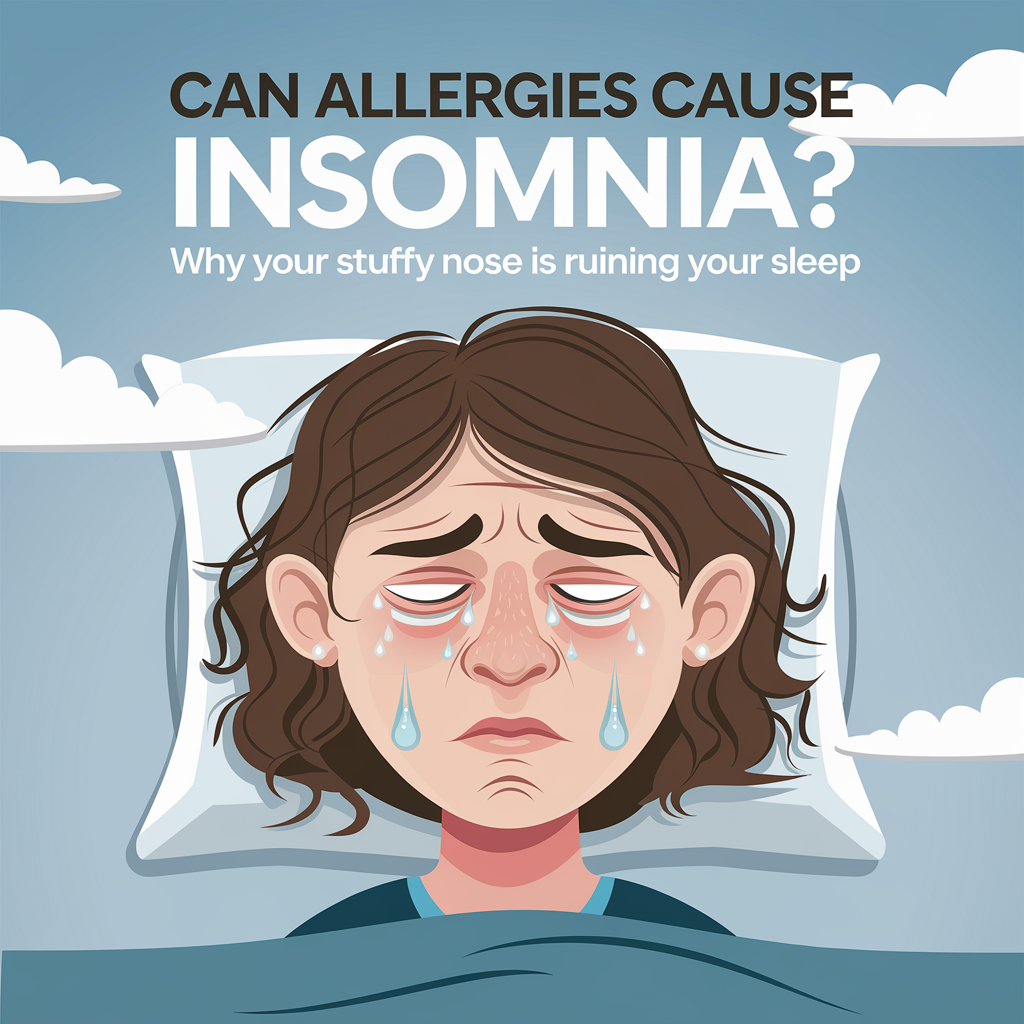
3. Side-Sleeping for Mild to Moderate Sleep Apnea
For those dealing with mild to moderate sleep apnea, side-sleeping can often be enough to manage the condition without needing a CPAP machine. While CPAPs are highly effective for treating sleep apnea, they aren’t the only option. Many people find significant relief by simply changing their sleep position, which is why side-sleeping is often recommended as a first line of defense.
Of course, side-sleeping won’t completely cure sleep apnea, but it can make a dramatic difference for many people. If you’ve been struggling with sleep apnea, I highly recommend giving it a try.
If you’re still experiencing sleep disruptions after adjusting your position, it might be worth exploring other methods to improve your sleep quality. Check out Quick Fix: How to Cure Insomnia in Just 12 Minutes for additional tips on optimizing your sleep routine.
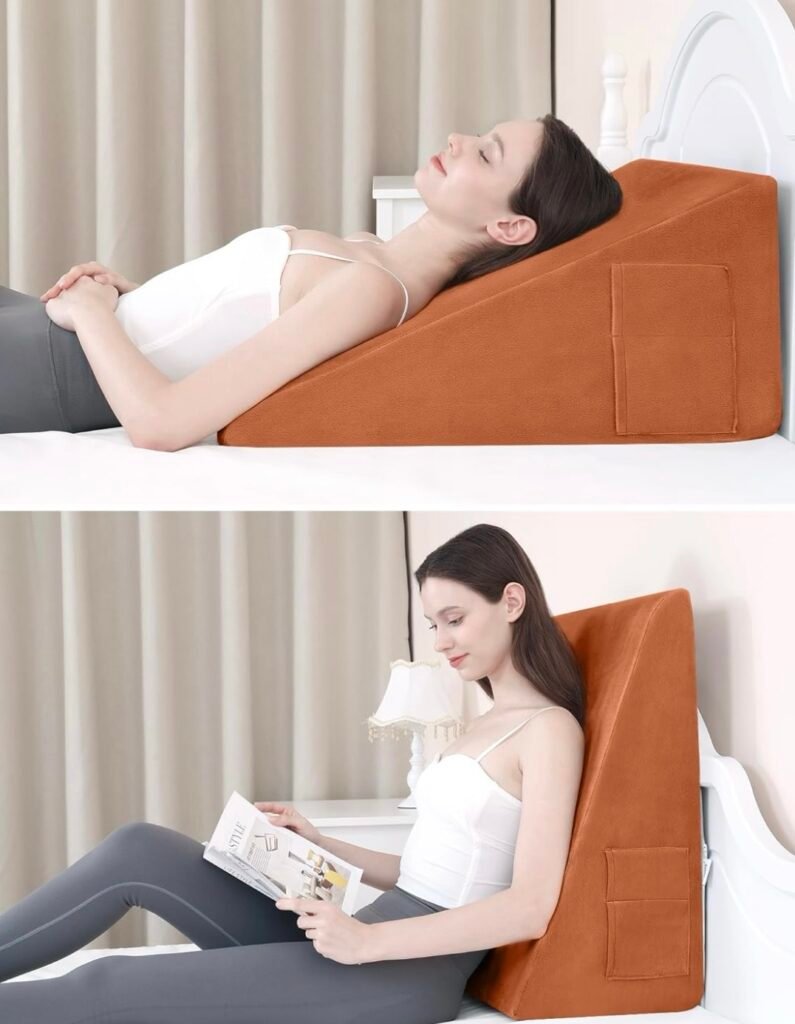
Finding the Right Sleep Position for Your Sleep Apnea
When it comes to managing sleep apnea, the position you sleep in can have a huge impact on how restful your nights are and how you feel during the day. While there are medical devices like CPAP machines that help many people, not everyone is comfortable with them or needs one. Luckily, adjusting your sleep position is one of the easiest and most effective ways to improve sleep apnea symptoms naturally.
We’ve covered why side-sleeping, particularly on your left side, is often the best position for keeping your airway open and reducing apnea episodes. By sleeping on your side, you allow gravity to help keep your throat muscles and tongue from collapsing into your airway, making it easier to breathe. Using tools like a Wedge Pillow for Sleeping or body pillows can help you maintain this position throughout the night.
We’ve also talked about why back-sleeping tends to make sleep apnea worse by allowing the airway to become blocked, and how elevating your upper body can offer some relief for those who struggle to stay on their side.
For children with sleep apnea, it’s just as important to encourage side-sleeping or elevate their upper body. Helping your child find a comfortable and safe sleep position can lead to better sleep and fewer disruptions throughout the night.
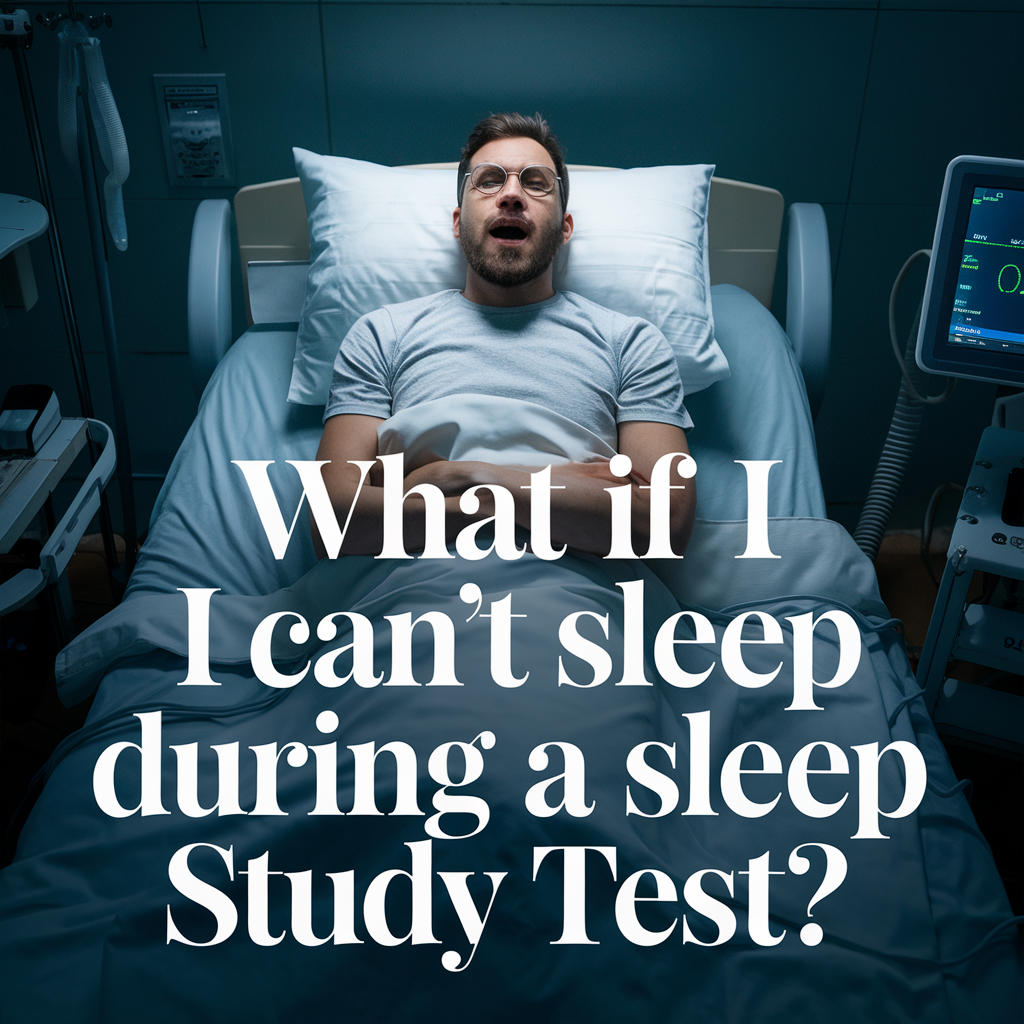
If you’re looking for other ways to improve your sleep beyond adjusting your position, take a look at resources like Quick Fix: How to Cure Insomnia in Just 12 Minutes and Say Goodnight to Insomnia for tips on managing overall sleep health.
Remember, small changes like adjusting your sleep position can make a big difference in managing sleep apnea and getting the rest you need. Whether you’re using a CPAP machine or not, focusing on your sleep posture is a great first step toward better sleep and better health.

As an Amazon Associate we earn from qualifying purchases through some links in our articles.
